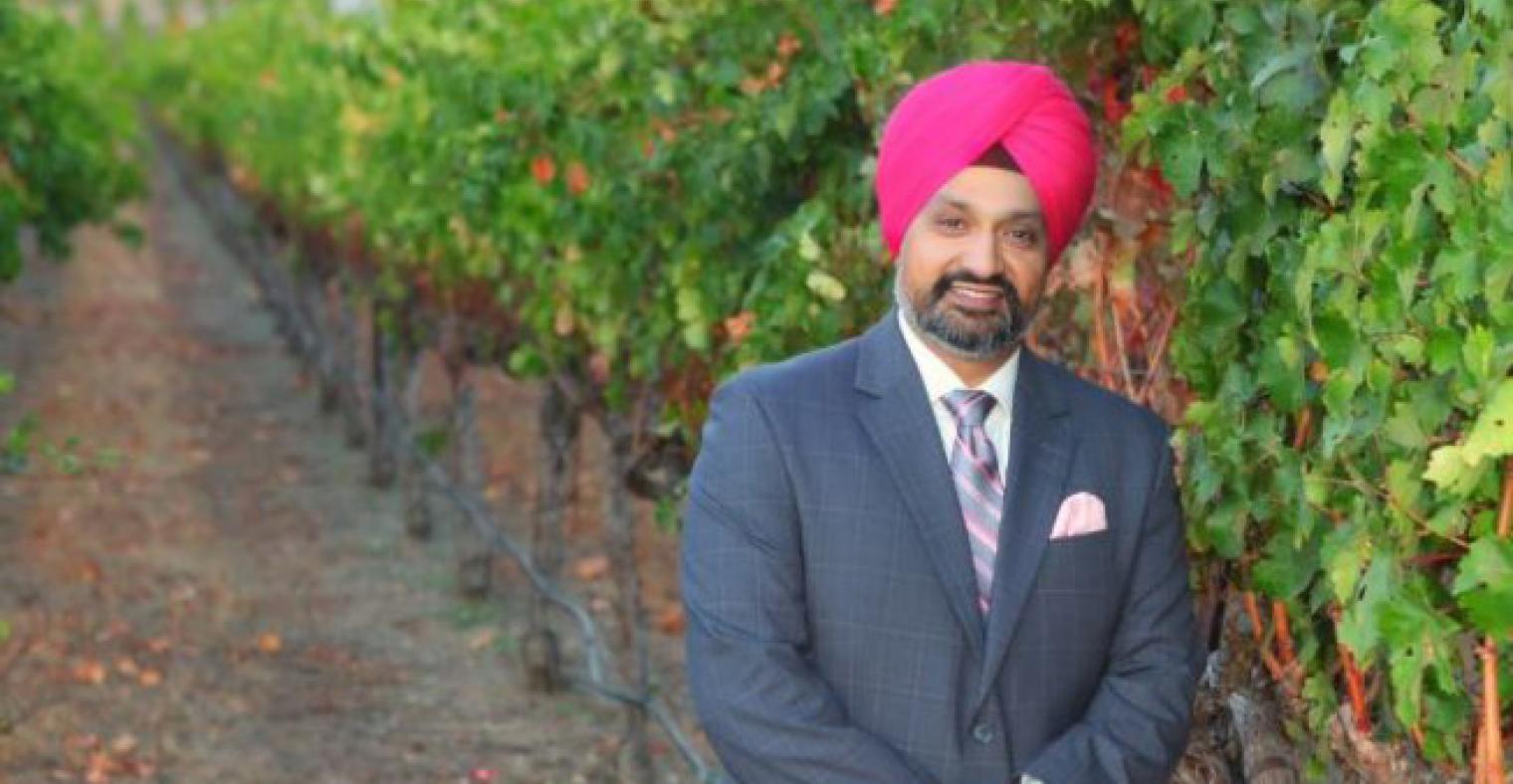STARTUP PROFILE - Agralogics Turning Available Data into Accessible Insights
Posted on March 09, 2017 16:34 PM by sthara
Though he grew up on a farm in the Punjab region in northern India, Sumer Johal, the CEO and founder of Agralogics, didn’t “connect the dots” between the role of information technology for global agriculture and the impact it could have in people’s lives until much later in his career. However, the MIT alumni, who earned both his undergraduate and graduate degrees from the esteemed Cambridge, Massachusetts school, has always been strongly influenced by his family’s proud agriculture tradition.
His multi-generational farming family grew a variety of crops over the years, ranging from sugar cane and wheat to vegetables and herbs. Being stewards of the land and cultivating crops to feed the world helped formed the basis for his current pursuits at Agralogics. Johal said growing up in that environment “had, and continues to have, a lot of influence and relevance in why I am engaged in what I am doing.” For nearly a decade following his graduation from MIT, Johal worked in leadership positions for various public and private companies in the information technology sector before he started to think about—and long for—the kind of culture that exists in agriculture.
“People think of agriculture as more about the act of farming. I think of agriculture as more about the culture, the values that farmers have,” Johal said. “Farmers care about things like food safety, nutrition and health because they feel a responsibility to feed the world. As I started to move forward in my career and grow my own family, I realized these things are extremely important. Much more important than trying to sell one more pair of sneakers on the internet.”
It wasn’t until his late 30s that he realized technology for technology sake was not making the world a better place. Instead, information technology needed to make a positive difference in people’s lives for it to matter, particularly because one-third of the amount of food we produce is wasted and one-third of the people on the planet are hungry. “If that is not a problem for technology to help solve, then I don’t know what kind of problems we should be solving,” Johal said. “This is about our existential survival.” That realization was the single premise that reawakened the core values Johal grew up with and inspired him to found Agralogics.
The Genesis of Agralogics
Discussions with his extended family in California about best irrigation practices yielded a stark reality and a fundamental problem with using data to solve these basic types of on-farm challenges. A lot of data that could be of help to farmers is collected and available, but it is not easily accessible. Johal explained there is a very big difference between availability and accessibility and used the creation of Google as an example.
Before Google, there were lots of websites on the Internet, but not all of them were easily accessible. As more came online they became even harder to find. That is, until Google was created, which made finding those websites—and consuming their content—much easier.
Similarly in agriculture, more and more public and private data is being made available from a variety of resources such as satellites and research data collected from universities—on top of the mountains of data that already exist at agriculture enterprises—which can aid these enterprises in being more efficient and sustainable. But the data isn’t easily accessible, making it almost impossible to consume and use.
Having worked in information technology doing high-velocity data analysis in several different industries over the course of their careers, both Johal and co-founder Sanjay Dayal recognized this as a technological opportunity and created Agralogics, a Google-like company that makes big data accessible to stakeholders throughout the supply chain, including growers, processors and shippers.
How Big Data Helps
Global public datasets, such as those from satellite and weather sources, are now available and rapidly growing, both in resolution and frequency. For example, when satellites take pictures of the earth, they can be analyzed at different spectral wavelengths. Johal said individual plants and trees broadcast their health—like a radio broadcast—and their health can be determined through proper interpretation of the satellite information. “All the knowledge of how to do this has already been researched over the past 50 years,” Johal said. “In fact, these satellites were launched to analyze global food production in the ‘60s. So it’s all there.”
But farmers who are growing in the Central Valley, for instance, aren’t interested in the spectral imaging results for the entire Valley or weather trends that might not be relevant to their crops. They just want the information for the acres they are growing food on, and they want to know what that data means specifically for their crops and blocks. At its core, Agralogics accesses that information through its technological platform, then interprets the data, providing context and making it relevant for agricultural businesses.
The challenge for Agralogics is being able to compute and convert this the data into meaningful insights, in a cost-attractive manner, while still maintaining the highest levels of security and privacy for its customers. However, the advent of “cloud computing” has made this possible. Data is growing at a rapid rate, and is being constantly collected on everything from food safety to water to chemicals and other inputs. Using its industry-specific cloud computing program, Agralogics is able to organize this information, from both public and private sources, into a user-friendly platform that provides “contextually relevant decision support” for anyone with the right access permissions, within a company or across the global supply chain.
Johal likens the process to another familiar data-gathering experience. “It’s just a matter of going to the library and knowing what books to check out to get the information you want and need,” he explained. “Which is essentially what Google did.”
Editor's Note: This article was included in WG&S Magazine in January/February 2017.


